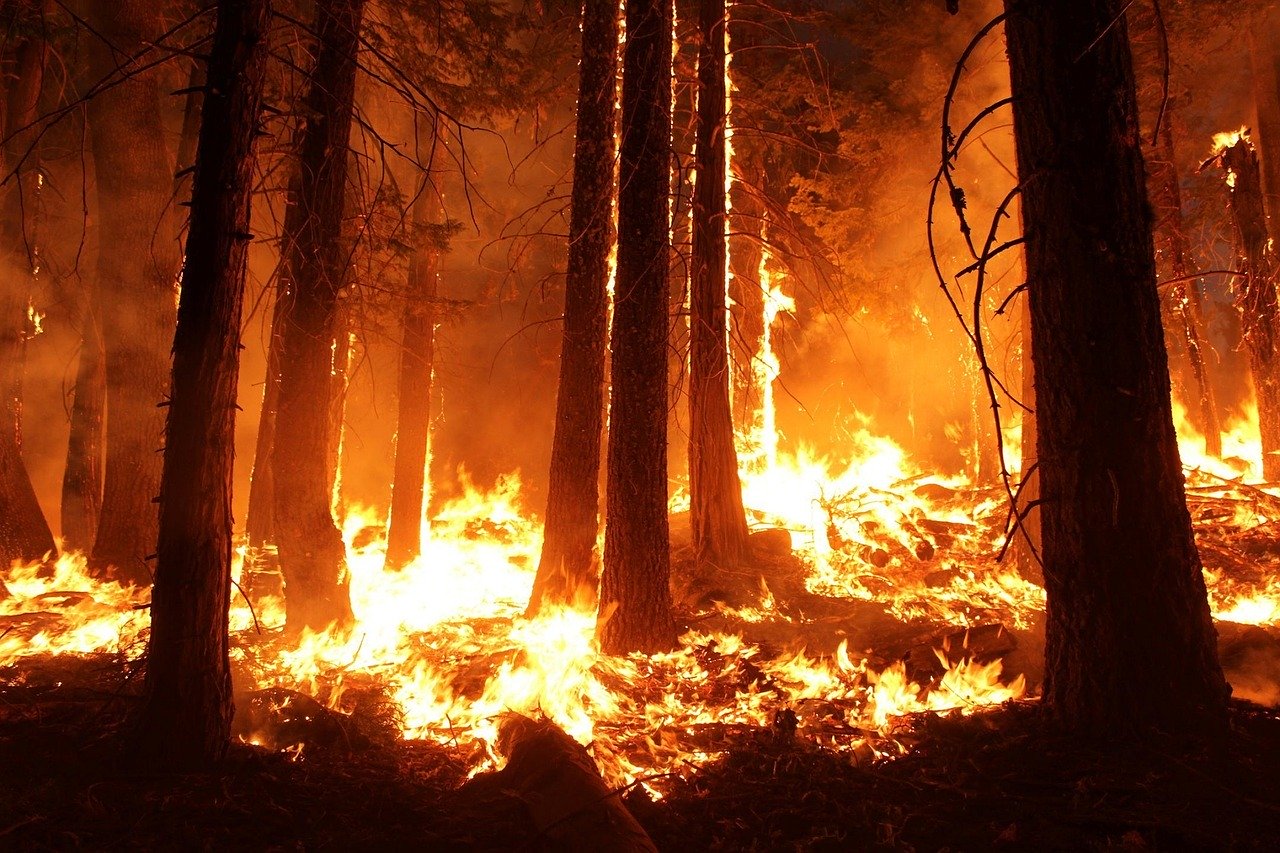Why Is Passive Fire Protection Important?
Fire safety is no laughing matter. The Australian Building Codes Board has set out very stringent compliance fire protection requirements through the National Construction Code. Putting an effective fire protection strategy in place not only can save lives, it can also protect assets and, in the case of business, minimise business disruptions.

Fire Protection Strategies
Fire protection strategies can be divided into 2 categories: active and passive.
Active Fire Protection
Most people associate fire protection with systems such as sprinklers, smoke alarms and fire extinguishers. These visible systems are part of active fire protection, which by definition requires some form of action taking place in order to work effectively in the event of a fire.
The idea of an active fire protection strategy is to detect and alert (such as a smoke alarm) a possible fire and suppress fire (think of fire extinguishers). Complementing passive fire protection systems, active fire protection systems help protect lives and property.
Passive Fire Protection
Passive Fire Protection works on the principle of compartmentalisation by dividing a building into small areas with fire-resistant walls, floors and doors. The aim of passive fire protection is to slow down or prevent the spread of fire and smoke from one area to the next in the event of a fire. Its primary goal is not to extinguish but to contain fire.
Passive fire protection systems do not require action in order to work.
How Does Passive Fire Protection Work?
There are several ways that passive fire protection contributes to fire safety:
- They contain fire in its origin and thereby reduce the spread of fire, heat and smoke.
- They slow down the spread of fire and give occupants more time to evacuate.
- They preserve building’s integrity, making fire-fighting a little bit easier.
While passive fire protection offers many advantages and should be carefully incorporated into a construction project, it should work in conjunction with active fire prevention to form a robust fire protection strategy.
Why Volcanic Rock Wool Insulation is A Good Choice for Passive Fire Protection?
Building materials contribute significantly to the design of a passive fire protection strategy. Volcanic rock wool insulation in particularly offers many advantages of passive fire protection.
Non-combustibility
Volcanic rock wool fibres by nature are non-combustible. They can withstand high temperatures over 1000 degrees Celsius. This non-combustible property means volcanic rock wool insulation can help contain fire to its area of origin and slow down the spread of fire.
Translating into practical terms, this means the integrity of the building structure is protected by the rock wool insulation and occupants have more time to evacuate.
No toxic smoke
As it does not burn, volcanic rock wool insulation will not produce toxic smoke in the event of a fire. This is a crucial element in fire protection as toxic smoke inhalation can at times be more dangerous than radiant heat.
Stonewall Platinum Volcanic Rock Wool Insulation Products
We offer architecturally engineered volcanic rock wool insulation systems, which are known for their world-class fire resistance, superior acoustic properties, thermal comfort and extreme weatherproof capabilities.
Get in touch with us to learn more about our products or visit Bowens Showroom in Port Melbourne, Victoria to see how our ASPECT VIVID Soffit Tile System can be applied to suit your needs.


